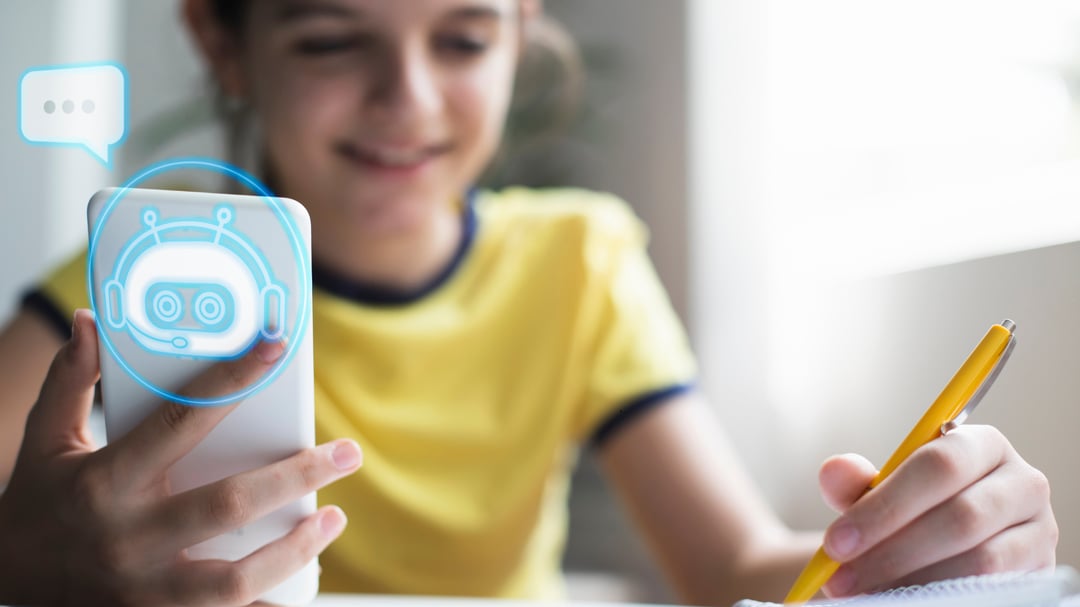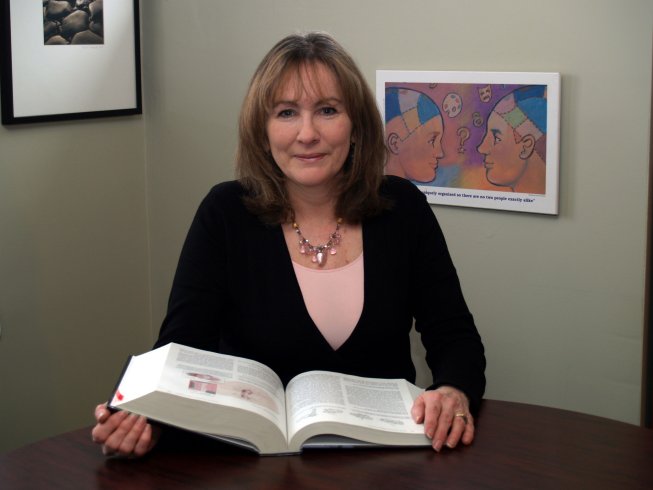I spent thirty years in schools — as teacher, leader, parent — working alongside students with diverse learning needs. I’ve celebrated their strengths, guided them through challenges, and relied on every strategy and accommodation we could offer. I’ve seen firsthand how critical these supports are: audiobooks, notes, voice-to-text, extended time: these tools open doors and help children participate fully. They are necessary, and they matter.
And yet, even with all this support, I’ve often watched students work harder than anyone else in the room, only to feel that their effort didn’t match their outcomes. I’ve seen how this experience shapes self-concept: children who are told “You’re smart, but you’ll have to work harder than your peers” carry that message for years. It sticks. It influences confidence, motivation, and their willingness to take risks.
For much of my career, a teacher’s role was to accommodate students’ difficulties, and to lessen expectations through modified curricula: both are still common approaches within classrooms today. Yet instinctively, I knew this couldn’t be the whole story. I saw in my students a capacity for growth that went beyond coping strategies, if they were given the opportunity. My discovery of neuroplastic applications later confirmed what I had long believed: that the brain itself can be strengthened, and that our students are capable of far more than we once imagined.
Neuroplasticity — the brain’s ability to grow, reorganize, and form new connections — reframed how I see learning differences. It showed me that we can do more than help students cope. We can actually change the structures that make learning easier. Effort can finally lead to reliable results. Confidence can grow because it’s grounded in proof. Independence, persistence, and curiosity are no longer fragile; they can be built, intentionally, over time.
This realization has changed how I think about my students — and how I think about decisions we make as educators and as parents. Every choice we make about what we ask of children, how we support them, and what we believe they are capable of has the potential to shape not only their school years but their lives beyond the classroom.
Neuroplastic approaches expanded my optimism: I can have an impact that goes far beyond accommodations, far beyond temporary strategies, and even far beyond the school years.
I encourage families to think differently about learning differences. Ask yourself: Are we preparing our children just to survive school, or are we preparing them to thrive for life? Consider what it would mean if effort truly equaled results, if confidence could grow from real progress, and if independence and resilience could be intentionally nurtured. These are not abstract possibilities — they are achievable when we focus on strengthening the brain itself, not just supporting it externally.
Reflecting on my career, I feel renewed hope. I’ve seen what traditional approaches can do. And now, I’ve seen what is possible when we combine that experience with an understanding of neuroplasticity. Families, educators, and policy makers alike have the power to reimagine what is possible for learners with learning difference — to give them not just support, but a foundation for a lifetime of growth, confidence, and agency.
This Learning Disabilities Awareness Month, I invite you to look beyond accommodations, to see what a strong brain can do, and to imagine a future where learning differences are not limitations — they are starting points for extraordinary potential.

October 7, 2025


